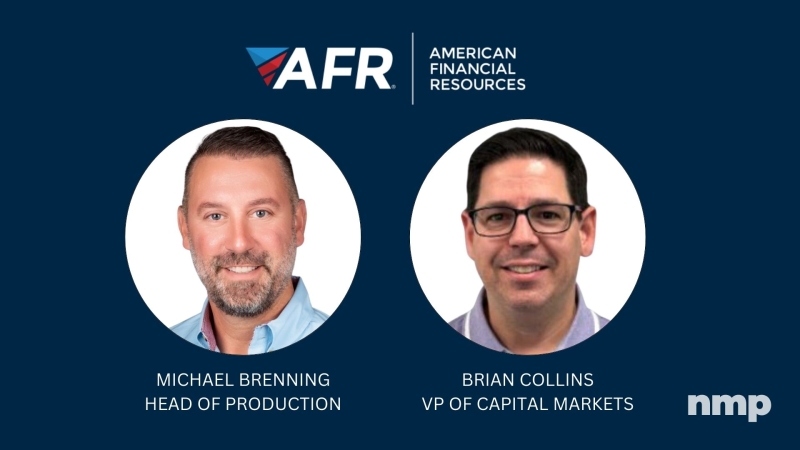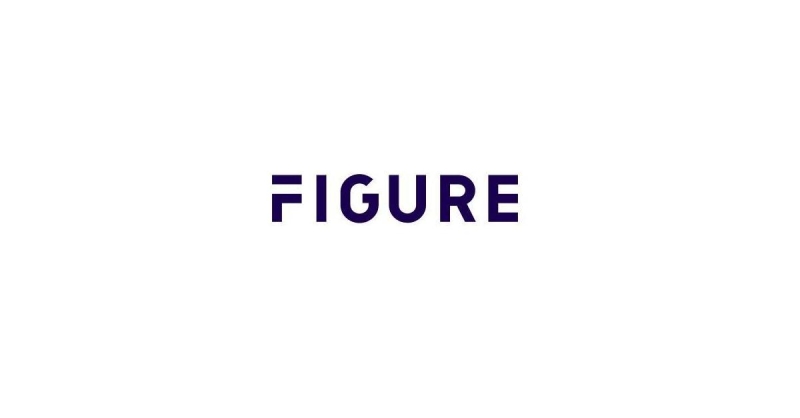Advertisement
NAMB says GAO foreclosures study vindicates brokers: Aggressive lending, securitization model led to lower underwriting standards
Pooling data to catch mortgage fraudFrank McKennapredictive analytic models, create statistical norms and measure deviations, exploit links and anomalies
Lenders joining fraud data consortium to uncover
patterns of fraud
For years, many sectors of the financial services industry have
relied on sharing information on fraud patterns and trends to
detect fraud earlier. Banks, insurance companies, cellular service
providers and credit card companies have each pooled their data
into consortiums in an effort to find those fraudsters who reuse
information over and over again in their schemes. This information
can include stolen identities, false employment information, mail
drop addresses, stolen bank account numbers, check information,
cell phone numbers and other personal data. By pooling data, these
companies have been able to get ahead of the fraud schemes that are
being perpetrated against them. Mortgage companies are increasingly
relying on this data-sharing approach to help them identify some of
the largest and most egregious fraud schemes as early as
possible.
A mortgage fraud data consortium effort is now underway
for mortgage lenders and investment banks. The consortium enables
them to pool their information to help detect mortgage fraud before
funding and before loans are purchased on the secondary market. The
consortium acts similarly to a credit bureau or other data
aggregator, providing a central repository of information. A credit
bureau, for example, collects and reports on credit and payment
data for many different financial institutions. Lenders and
creditors submit information on their borrowers' behavior each
month, and that data is aggregated to be used to understand each
borrower's ability to repay a loan through analytics such as credit
scoring. It is much the same way that lenders can submit their data
relating to fraud trends to enable fraud scoring on future mortgage
applications and loans.
In a mortgage fraud consortium, lenders and investment
banks submit their origination information on all applications and
loans, as well as data on loan performance, indicating loans that
performed well, defaulted or had fraudulent misrepresentations.
This data, aggregated across many institutions, is used to build
analytic models to be used by consortium members to fight fraud. In
addition to all applicant and performance data, the consortium also
includes broker information, appraiser data and loan program
details.
Why should lenders join a mortgage fraud
consortium now?
There are four key benefits to being a member of a mortgage fraud
consortium:
1. Access to predictive analytic models
These models are built on the robust consortium data from numerous
lenders and investment banks, and are highly accurate in predicting
significant misrepresentations that would result in losses if the
loan were booked or purchased on the secondary market. Having this
depth of information gives the ability to very quickly understand
how different parties involved in a transaction might perform with
other lenders.
2. Ability to create statistical norms and measure
deviations
Lenders in a fraud consortium benefit from sharing information on
applicants and creating statistical norms related to fraud that
help them easily and quantifiably understand normal versus abnormal
information. For example, if the median income in a given
geographic area is $7,000 per month and a borrower reports an
income of $15,000 per month in the same area, the lender is
notified of an abnormality, which it may choose to investigate
further. When members of the consortium aggregate data, they have a
larger pool with which to compare average values and identify
deviations of these statistical norms to help them prevent
potential mortgage fraud.
3. Models built on more data are more robust
When building an analytic model based on five or 10 million loans
instead of 50,000 loans, more patterns of fraud are found. This
translates into more powerful detection capability.
4. Ability to exploit links and anomalies
Consortium members can use link analysis to effectively identify
mortgage fraud. Link analysis is the ability to detect a piece of
information that has been involved with several fraudulent loans.
For example, if an employer's phone number or a tax preparer are
involved in several non-performing or fraudulent loans and that
phone number comes up in another application, the file can be
flagged to let the lender know that the information has been
involved in a prior fraud. The ability to create these links in the
data becomes more robust, as lenders and investment banks share
data through the consortium.
Why is an independent data aggregator
important?
If lenders were to attempt to share data on their own without an
independent data aggregator, there would be some challenges, mainly
relating to collecting data. These would include:
-Lenders and investment banks might not know which data is most
important to collect to predict and identify fraud, and how long it
should be kept to build the most robust predictive model.
-Mortgage lenders haven't always collected and stored historical
data digitally, since it has traditionally been a paper-based
environment.
-Lenders and investment banks are hesitant to share sensitive data
with each other directly, since information such as their number of
fraudulent and defaulted loans is proprietary.
These challenges are quickly alleviated by working with an
independent third party to build and manage the consortium. By
doing so, lenders and investment banks quickly gain the ability to
detect fraud early, because they can see trends that are obvious in
the consortium, but not in their data alone.
Frank McKenna is co-founder and chief fraud strategist at BasePoint Analytics, a
Carlsbad, Calif.-based fraud analytics and consulting company
serving the mortgage and banking industries. He may be reached at
(760) 602-4971 or e-mail [email protected].
About the author




